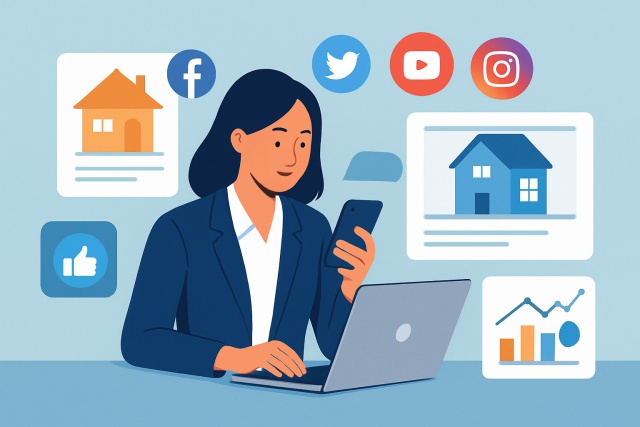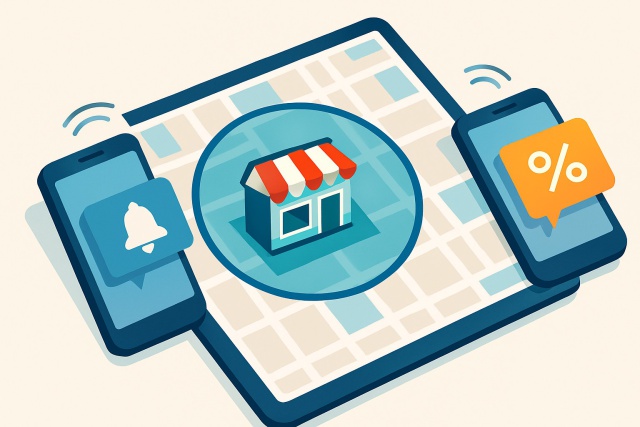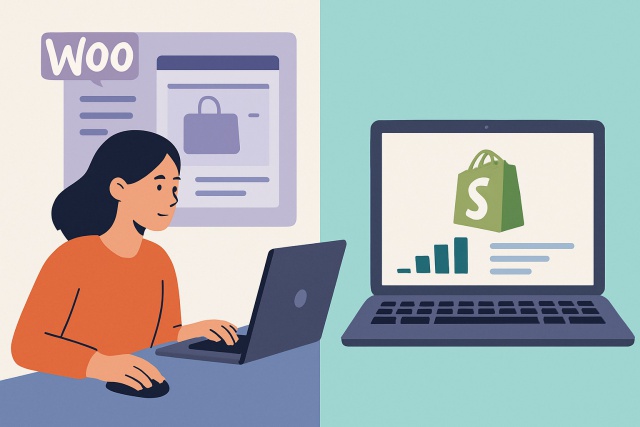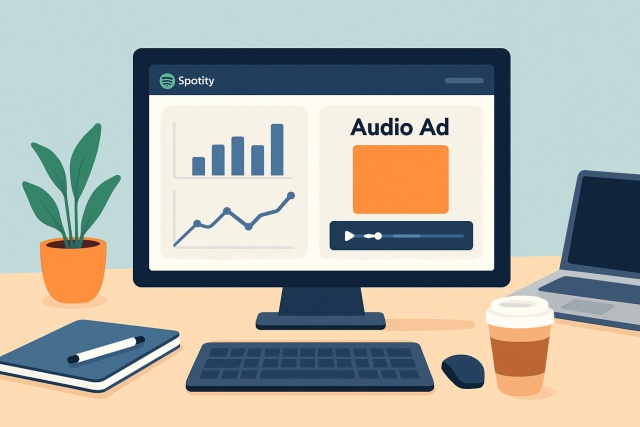B2B Marketing Funnels Explained with Examples

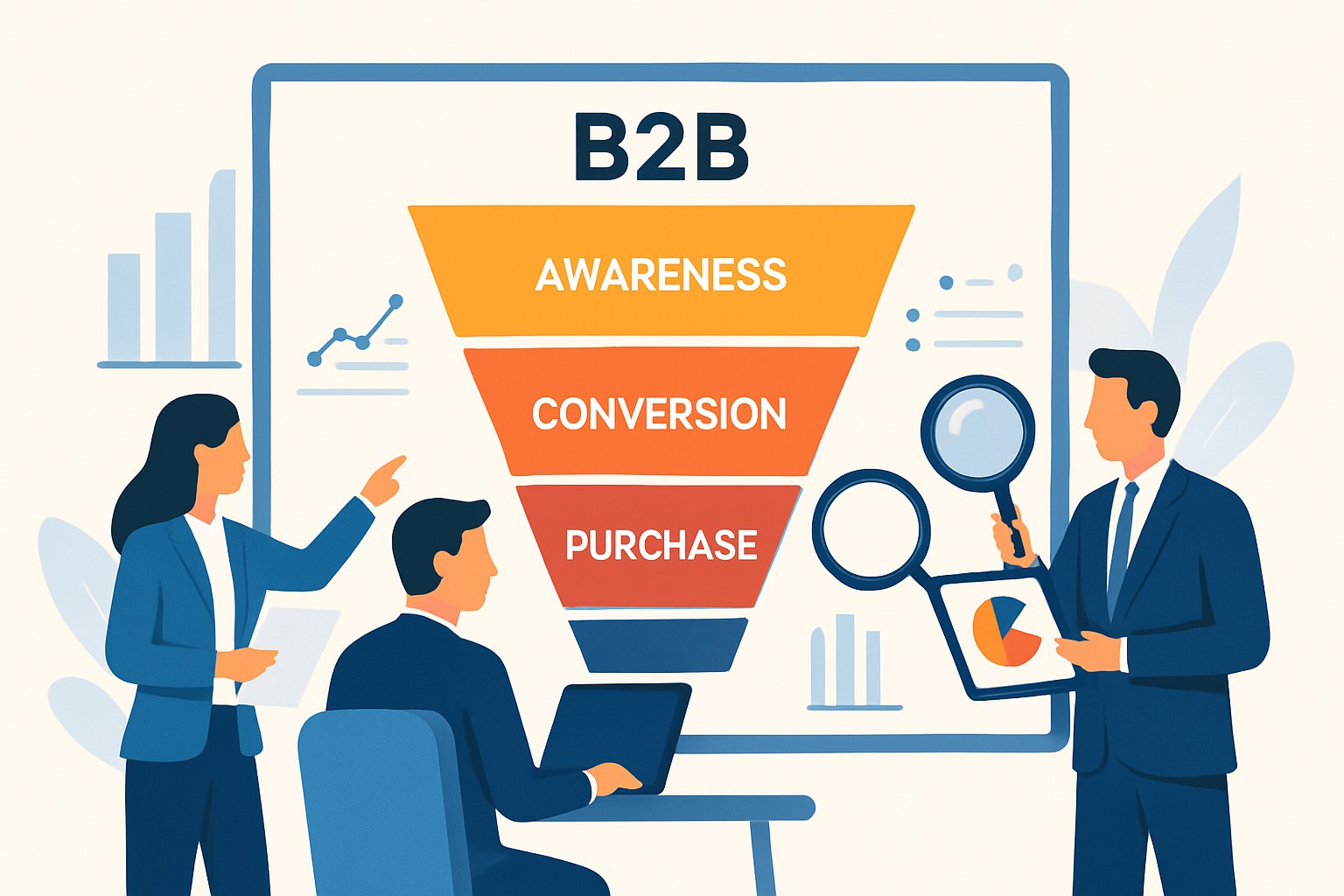
B2B marketing funnels can sometimes feel like trying to untangle a knot—lots of stakeholders involved and those sales cycles tend to stretch on forever. Getting a good grasp on these funnels, and having b2b marketing funnels explained clearly, is absolutely key if you want to turn prospects into loyal customers without spinning your wheels.
What Does a B2B Marketing Funnel Really Look Like?
A B2B marketing funnel is a roadmap that traces a business prospect's journey from first finding a company to the final purchase decision. Unlike B2C funnels, B2B ones tend to run longer and often involve multiple stakeholders. They also place a big focus on nurturing solid relationships.
- Awareness: Grabbing the attention of potential business clients with broad messaging that piques curiosity.
- Interest: Building a connection with prospects by offering genuinely valuable content and handy resources they can use.
- Consideration: Shining a spotlight on product benefits through engaging demos or real-life case studies and heartfelt testimonials.
- Intent: Spotting telling buying signals from prospects and gently nudging them closer to making a decision.
- Evaluation: Assisting prospects as they weigh options and addressing concerns with patience and understanding.
- Purchase: Sealing the deal and starting the onboarding process with a warm welcome.
The Importance of B2B Marketing Funnels
In the world of B2B marketing, funnels are not just a fancy buzzword—they're the backbone of turning curious prospects into loyal customers. Think of it as guiding someone down a well-lit path, where every step makes them more comfortable and confident in what you offer. Sure, it might sound a little cliché, but a solid marketing funnel can mean the difference between a hit-or-miss campaign and one that really hits the mark. From the very first glance to the final handshake, it’s all about building trust, nurturing leads, and keeping the conversation flowing just right. After all, in my experience, a well-crafted funnel feels more like a conversation than a sales pitch—and that’s where real magic happens.
Marketing funnels play a vital role in B2B by adding structure to lead generation and nurturing efforts. They slice the buying journey into clear bite-sized stages that are easy to measure. This lets companies allocate resources more thoughtfully, tailor messages to specific needs and keep a close eye on progress toward conversion.
The marketing funnel acts like a trusty roadmap, guiding businesses to really get what buyers want at each stage. With this kind of insight, it’s easier to craft thoughtful, personalized messages that nudge prospects along—almost like a gentle push—toward becoming loyal customers.
Understanding the Various Stages of B2B Marketing Funnels Explained (and Why They Matter More Than You Think)
Let’s take a closer look at each stage of the B2B marketing funnel and focus on their unique roles, the hurdles they create and the opportunities hiding in plain sight.
Awareness: This stage is all about catching the eye of potential customers through broad-reaching content marketing efforts like blog posts, social media buzz, SEO magic and trusty online ads that keep popping up everywhere.
Interest: Things start to get personal. Prospects dig a little deeper by checking out educational resources like whitepapers, webinars and newsletters—basically the stuff that helps build genuine trust.
Consideration: This is where businesses roll up their sleeves and showcase the real value of their product or service with case studies, product demos and side-by-side comparison guides that make the benefits clear.
Intent: Prospects begin dropping stronger hints about their buying interest. They’re reaching out for consultations, pricing info or trial runs, signaling they’re seriously considering the leap.
Evaluation: Marketing and sales teams join forces to answer nitty-gritty questions, ease lingering doubts and provide solid proof points that help prospects confidently pull the trigger.
Purchase: Finally, the deal is closed. This step focuses on welcoming new customers aboard, smoothing out onboarding and setting the stage for a relationship that lasts well beyond the first purchase.
The Awareness stage usually kicks off with publishing blog posts fine-tuned using keyword research tools like Semrush or Moz to reel in that early spark of interest. That initial curiosity often blooms when you offer downloadable guides or run webinars that actually keep people hooked. Moving on to the Consideration phase, detailed demos or case studies step into the spotlight as the kind of solid evidence prospects love to see. When you hit the Intent phase, setting up personalized consultations or tossing in free trials—something you see a lot in SaaS—really helps clear up what the customer needs. Finally, Evaluation is all about gently steering prospects through comparisons and thoughtfully addressing any concerns before sealing the deal.
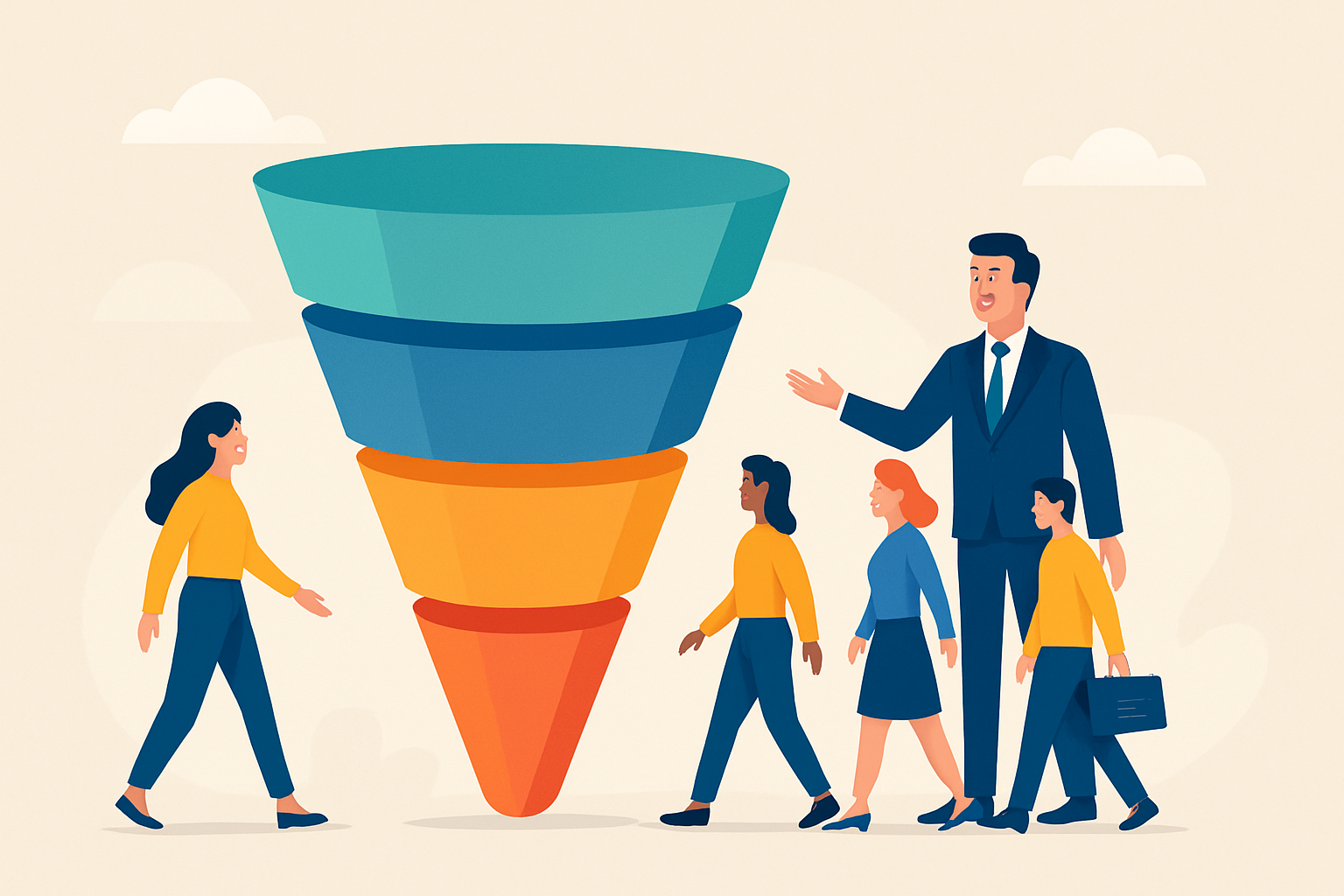
Visual diagram of a B2B marketing funnel indicating key stages and common marketing activities.
Typical Examples of B2B Marketing Funnels That Often Do the Trick
B2B companies often tailor the marketing funnel to fit their unique industry quirks and the pace of their sales cycle and who they are trying to reach.
- A tech SaaS company rolls out educational webinars and free trials to guide prospects from curiosity to commitment by offering hands-on experience.
- An industrial supplier uses detailed whitepapers and direct sales outreach to nurture longer consultative sales cycles because sometimes you need to take the scenic route.
- A consulting firm blends savvy content marketing with tailored proposals to earn trust and skillfully navigate complex evaluations before sealing the deal, making the process feel less like jumping through hoops.
| Industry | Funnel Stages Focus | Key Tactics Used | Customer Journey Duration | Outcome Metrics |
|---|---|---|---|---|
| Tech SaaS | Interest, Intent, Purchase | Webinars, Free Trials, Email Nurturing | Spanning several weeks to a few months | Conversion from trial to paid, churn rate, you know, keeping customers happy |
| Industrial Supplier | Awareness, Consideration | Whitepapers, Direct Sales Calls | Stretching from several months up to a quarter | Lead qualification rate, average deal size - the bread and butter |
| Consulting Firm | Awareness, Consideration, Evaluation | Content Marketing, Customized Proposals | Taking anywhere from several months all the way up to a year | Proposal acceptance rates, customer satisfaction - the proof is in the pudding |
Each example shows how funnel strategies must flex to fit different buyer behaviors and challenges businesses face. SaaS companies often benefit from digital content and quick trials that speed up sales cycles. On the flip side, industrial suppliers usually deal with longer evaluations and direct outreach. Consulting firms rely on building genuine relationships and trust using customized content and proposals. Picking the right funnel approach boils down to understanding how your target audience makes decisions and shaping your messaging and tactics to match.
Key Tips for Creating Successful B2B Marketing Funnels That Actually Work
Creating an effective B2B marketing funnel takes careful planning and finesse along with ongoing tweaks to keep things running smoothly. Key practices usually include tailoring your content to fit your buyer personas like a glove, properly qualifying leads so you’re not chasing wild geese and nurturing prospects across multiple channels without sounding like a broken record.
- Really get to know your buyer personas inside and out so your messaging lands just right and feels personal.
- Craft targeted content that perfectly fits each stage of the funnel—no one-size-fits-all here.
- Lean on marketing automation tools to nurture leads in a tidy, well-organized way that saves you headaches.
- Use lead scoring to focus on those prospects who show the most promise because time is money after all.
- Keep a close watch on your funnel metrics and make it a habit to tweak your strategies as you go for better results.
- Foster tight collaboration between sales and marketing teams since smooth handoffs and clear communication make all the difference.
"Continuous testing, learning, and iteration are the secret sauce behind a marketing funnel that doesn’t just convert but actually gets better with each go, steadily boosting ROI and customer lifetime value—sort of like fine wine, but for your business."
Frequent Misunderstandings About B2B Marketing Funnels That Often Trip People Up
There are a handful of common myths that tend to muddy the waters when people think about B2B marketing funnels. Some assume they’re set in stone or just carbon copies of B2C funnels, while others put their faith in automation as a complete stand-in for genuine personal interaction.
- Funnels are often viewed as rigid setups rather than the adaptable strategies they really are.
- Too often B2B funnels get lumped with B2C ones, brushing over the real differences between the two.
- Technology is expected to completely take the reins from human sales reps which is a bit optimistic.
- Funnel stages usually follow a set timeline everyone assumes will go off without a hitch but we know life loves to throw curveballs.
- Many still believe marketing efforts will single-handedly seal the deal forgetting that sales need to be involved as well.
When you're getting b2b marketing funnels explained, it's crucial to understand they usually need to keep their flexibility by tweaking messaging and tactics as customer feedback and needs shift over time—kind of like adjusting your sails when the wind changes. Unlike B2C, B2B often juggles multiple stakeholders and tangled purchase factors and timelines that can stretch longer than you might expect. Automation definitely helps smooth the process and boost efficiency but it’s no substitute for the kind of personalized advice that really seals the deal in B2B sales. The funnel stages might blur together or even loop back on themselves since prospects often take a second or third look at their options.
Frequently Asked Questions
How long does it typically take to build and see results from a B2B marketing funnel?
B2B sales cycles tend to run on the slower side so building a funnel usually takes a few months. You might catch some early wins like lead generation within that initial period but turning those leads into meaningful revenue often takes 6 to 12 months or even longer depending on your industry and how complex your offering is. Patience combined with consistent nurturing really pays off in the long haul.
Is marketing automation essential for managing a B2B funnel?
Automation isn’t absolutely necessary but it’s a real timesaver and efficiency booster. It helps you nurture leads with targeted emails, score prospects based on engagement levels and keep tabs on their journey through the funnel. For the more complicated B2B paths that involve multiple touchpoints, automation acts like a trusty assistant making sure no lead slips through the cracks.
How is a B2B marketing funnel different from a simple sales process?
Think of a sales process as zeroing in on the final push to seal the deal. A marketing funnel on the other hand casts a wider net and covers the entire buyer’s journey from the moment someone first hears about your brand. It’s a broader framework that leans on content and marketing tactics to attract, engage and nurture leads long before they get handed off to sales.
What is the most common mistake companies make with their B2B funnels?
One of the biggest slip-ups is a disconnect between marketing and sales. You can bring in heaps of leads but if sales doesn’t pick up the ball properly your funnel basically has a leak. Another common pitfall is relying on one-size-fits-all content. You really need messaging that speaks directly to the specific concerns prospects have at every stage of their journey.
Can a small B2B business with a limited budget build an effective funnel?
Absolutely. Start by nailing down a clear buyer persona and crafting high-value educational content like blog posts or case studies. Lean on free or affordable tools for email marketing and social media outreach. The secret is to be strategic and focus on building personal connections rather than splurging on broad expensive campaigns. In B2B, quality almost always beats quantity.
Do prospects always move through the funnel stages in a linear order?
Nope the journey rarely sticks to a straight line. Prospects often jump over stages, circle back to earlier content or enter the funnel at a later point such as the Consideration phase after a referral. Your funnel strategy needs to be flexible with content and touchpoints ready for wherever prospects are in their decision-making process.
Unleash Your SEO Prowess with Semrush
Are you struggling to boost your online visibility and drive more traffic to your website? Semrush is the ultimate SEO and digital marketing tool that can take your Internet Marketing game to new heights. With its powerful suite of features, you can gain a comprehensive understanding of your market, optimize your content, and outrank your competitors.
- Uncover Profitable Keywords with Advanced Research
- Analyze Your Site's Health with Detailed Audits
- Monitor Backlinks and Stay Ahead of Competitors
- Streamline Content Creation with Insights and Trends





